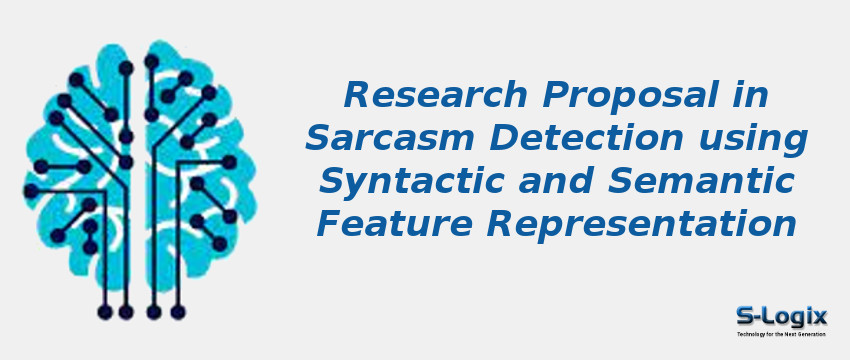Sarcasm detection is a specific case of sentiment analysis in natural language processing (NLP) that aims to recognize the sarcastic and ironic utterances in the sentimental text. Sarcasm detection mainly depends on context, prior knowledge, and the accent of the sentence. Traditional sarcasm detection methods recognize the sarcastic sentences without considering different connotations of a particular word and verbal information in the sentence, which leads to ineffective recognition of sarcasm.
Semantic feature representation extracts patterns of different meanings on a certain word in the sentence, whereas syntactic feature representation extracts patterns of grammatical information in the sentence. Sarcasm detection utilizing syntactic and semantic feature representation produce effective sarcasm prediction by considering intense knowledge in the sentences.
• Sarcasm detection is an essential processing problem in Natural Language Processing (NLP) and requires better understanding to serve as a connection for intercommunication between machines and humans.
• Feature representation of the context in sarcastic statements facilitates better understanding and identification of sarcasm.
• Syntactic feature constitutes the combination of part-of-speech aspects in the sarcastic sentences.
• Semantic feature determines the contradictory and conflicting form of sarcastic expressions.
• Enabling both syntactic and semantic feature representation is a useful approach to detecting sarcasm from the text.
• Sarcasm detection with syntactic and semantic feature representation using deep learning models will improve the learning and representation ability of the features.
